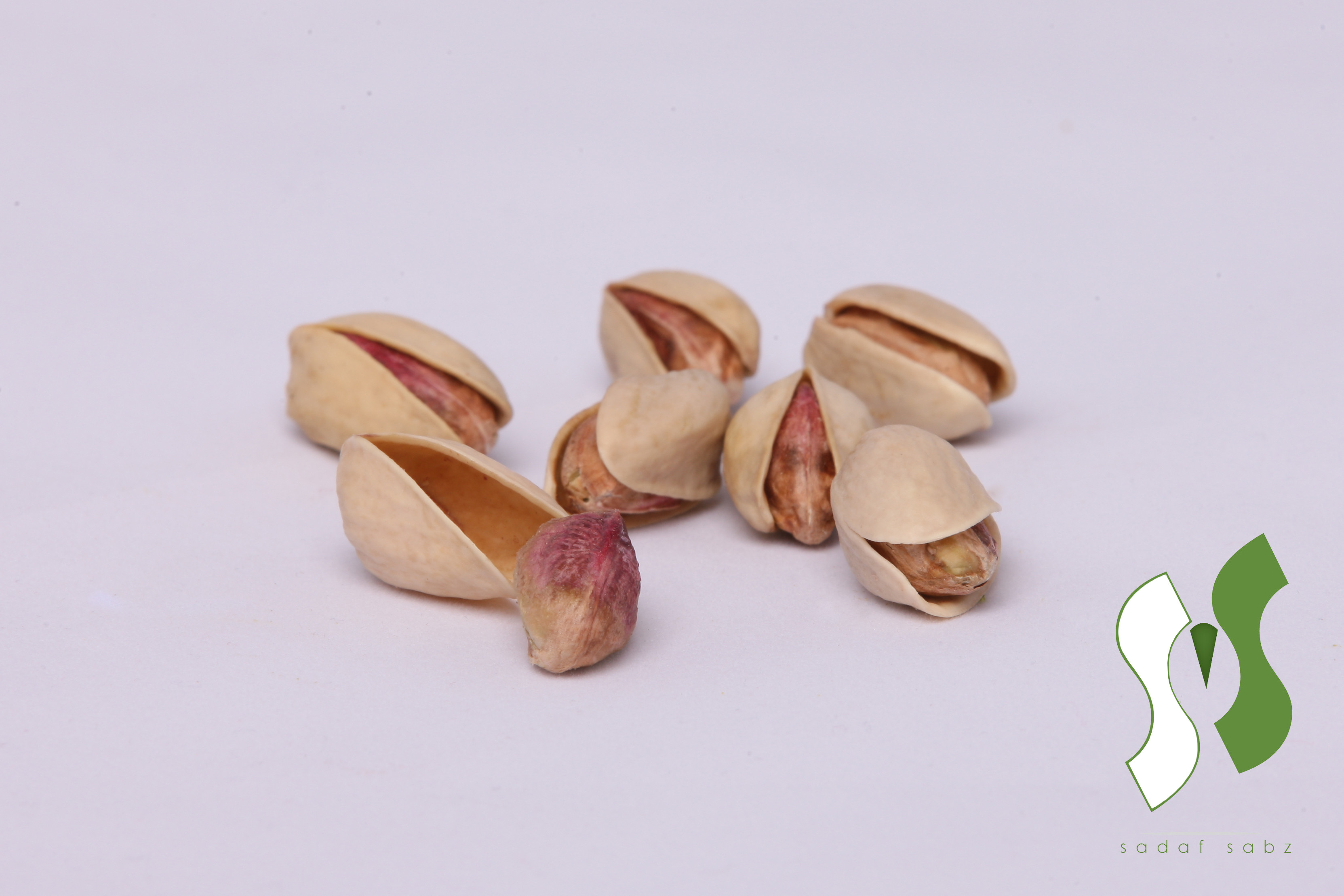
Pistachio tree History,
Pistachio comes from Anacardiaceae family. Pistachio tree grows in regions where the temperature difference between day and night is high. Because of the strength existing in pistachio treeʼs nature, the tree can tolerate the frigid cold of winter (up to -25 degree of Centigrade) as well as the extreme heat of summer (up to 48 degrees of centigrade). Moreover, pistachio trees can survive in harsh weathers during a drought without water for a long period of time.
The average life of pistachio tree is between 75 to 100 years. Pistachio trees were first found in the Middle East specifically ancient Persia which is known as Iran nowadays. Iran is the very first and main producer of pistachios; more specifically
Kerman is the main province of pistachios in Iran. Turkey, Italy, Greece, Syria, and the U.S. produce this royal nut as well. The U.S. is the main competitor of Iran in terms of producing pistachios. Pistachio trees were brought to the U.S by Persian immigrants during 1880ʼs.
A brief explanation about planting, cultivation, and harvesting of pistachios,
After planting the seed it takes about 7 to 10 years to get results. Different grafting can be used with different branches such as Fandoghi, Badami, Akbari, Ahmadaghayi, or Kallehghouchi. Depending on the area and type of climate and soil in which trees are, the kind of grafting will be chosen.
To keep trees at their best conditions, some farmers use chemical fertilizers while others use natural fertilizers; however, there are some areas in which farmers grow pistachio trees without the use of chemicals nor pesticides. They tend to cultivate their crops organically to supply and provide the industry with organic pistachios, yet the quantity of organic pistachios in terms of volume is not high compared to regular harvesting in which pesticides and fertilizers are used. The final price of organic pistachio is much higher for farmers to get compensated for sacrificing quantity for quality.
In Iran, we also have farmers who have GAP certificate. Under this system, farmers are allowed specific and limited use of fertilizers.
Although this type of farming is not organic it is very safe that the pesticide residues are always much lower than standard limits.
Irrigation is a very important factor in the cultivation of pistachios since pistachio trees are planted and grown in desert areas. Hence, when the weather gets warmer during spring and summer, farmers are very careful about irrigating orchards on a regular accurate standard basis according to the climate, are, and soil.
Harvesting is a very sensitive stage. harvesting of pistachios should be very fast and done in a proper standard way to prevent Aflatoxin contamination. Besides, pistachios have to be carried in open containers for processing and storage in factories and warehouses which are not far from the pistachio farms.